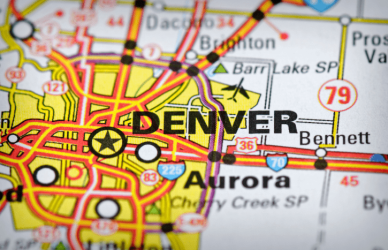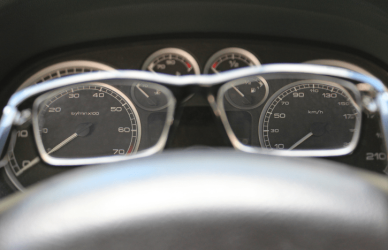Situational awareness is often associated with self-defense. However, it is not limited to self-protection. A simple definition of situational awareness is having an awareness of your surroundings including what is happening around you and using that information to proactively respond to actions or events that may be a threat to you or cause you harm.
Mastery of situational awareness is critical when driving a commercial motor vehicle (CMV). The same skills that truckers must use to successfully navigate the roadways can be easily transitioned to keep you safe in a self-defense situation.
1. BE AWARE OF THE CONDITION OF YOUR GEAR: Maintaining the condition of your gear is critical and an important part of self-defense. For example, it’s useless to carry a flashlight at night only to realize the batteries are dead at the moment you need it. Likewise, knowing the condition of your equipment is vital. Therefore, performing pre-trip inspections (PTI) are necessary to keep you safe on the road and to avoid unnecessary breakdowns.
2. REACTIONARY GAP: A reactionary gap is maintaining enough space between yourself and a potential threat so that you can react if necessary. Creating space gives you options, and options save lives. Letting a stranger get in your personal space does not allow for time to react to an attack. Truckers are experts at utilizing and creating a reactionary gap on the road. Driving a CMV means that it takes longer to stop, evasive action is slower and limited, and you are driving a vehicle much larger than the average car. Utilizing a reactionary gap is vital to driving safely and avoiding a wreck.
3. CHECK YOUR SIX: This term simply means to be aware of what is happening behind you as well as in front of you. Oftentimes, we focus on one threat and leave us vulnerable to danger surrounding us. Applying this skill to self-defense and safety will help greatly in keeping you safe. Just remember, it’s important to maintain awareness in all directions.
4. KNOW YOUR ENVIRONMENT: Knowing your environment allows you to utilize what is around you to your advantage. For example, knowing where the exits are in a building, utilizing a parked car to put a barrier between you and an attacker, observing items in the immediate area that could be used as a weapon. These are all part of knowing your environment. The same sense of awareness that is used on the road can be transferred to everyday situations. Knowing your environment will help keep you safe no matter what.
The sheer size of an eighteen-wheeler means that situational awareness must constantly be used to drive safely. Simply, applying these skills to your everyday life will help keep you and your loved ones safe.








